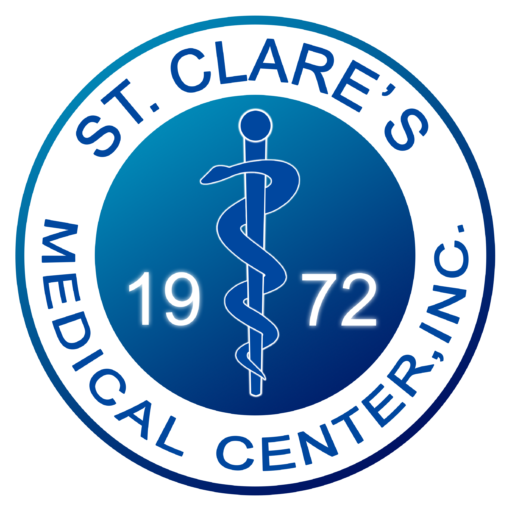|
1. Development of a written breastfeeding policy that is routinely
communicated to all health care staff.
|
Implementation of a current breastfeeding protocol that has been
communicated to all staff during orientation or during department
level meetings.
|
|
2. Training of all health care staff in skills necessary to implement the policy on breastfeeding within the first six months upon entry into the hospital.
|
Schedule of staff that will attend in-service training that teach the skills necessary to implement the breastfeeding protocol.
|
|
3. Providing information to all pregnant women about the benefits and management of breastfeeding in the OPD during pre-natal and in the wards during the postpartum period.
|
Written, non-commercial pre-natal information on breastfeeding. Schedule of parents referred to breastfeeding classes / childbirth education classes.
|
|
4. Assisting mothers to initiate breastfeeding within one hour after birth for normal spontaneous deliveries and within 3-4 hours after birth for C/S deliveries.
|
Infant is placed on the mother's chest to promote pre-feeding sequence of behavior that leads to proper latching and sucking
|
|
5. Training mothers how to breastfeed and maintain lactation, even if they should be separated from their infants.
|
A breast pump should be available for expressing milk and milk is expressed at least eight times in 24 hours Provision for milk banking in the hospital facility for the collection and storage of expressed breast milk.
|
|
6. Giving newborn infants no food or drink other than breast milk, unless medically indicated and educating mothers on the importance of exclusive breastfeeding unless other food/drink are medically indicated.
|
No sterile water, glucose water or milk formula in the clinical wards.
|
|
7. Practicing rooming-in to allow mothers and infants to remain together 24 hours a day.
|
All babies are roomed-in and only pathologic babies are placed in a nursery (NICU).
|
|
8. Encouraging breastfeeding on demand.
|
Mothers are taught behavioral feeding cues for them to feed their infants on cue for 8 to 12 times each 24 hours.
|
|
9. Giving no artificial teats or pacifiers (also called dummies or soothers) to breastfeeding infants.
|
No artificial nipples and pacifiers or any feeding paraphernalia in the wards.
|
|
10. Fostering the establishment of breastfeeding support groups and referring mothers to them upon discharge from the hospital.
|
Organized peer breastfeeding support groups supervised by a lactation consultant / staff nurse.
Documented regular monitoring and coaching activities with the roster of breastfeeding support groups recognized as peer counselors within their catchment area to further strengthen / sustain the 10th Step.
|



